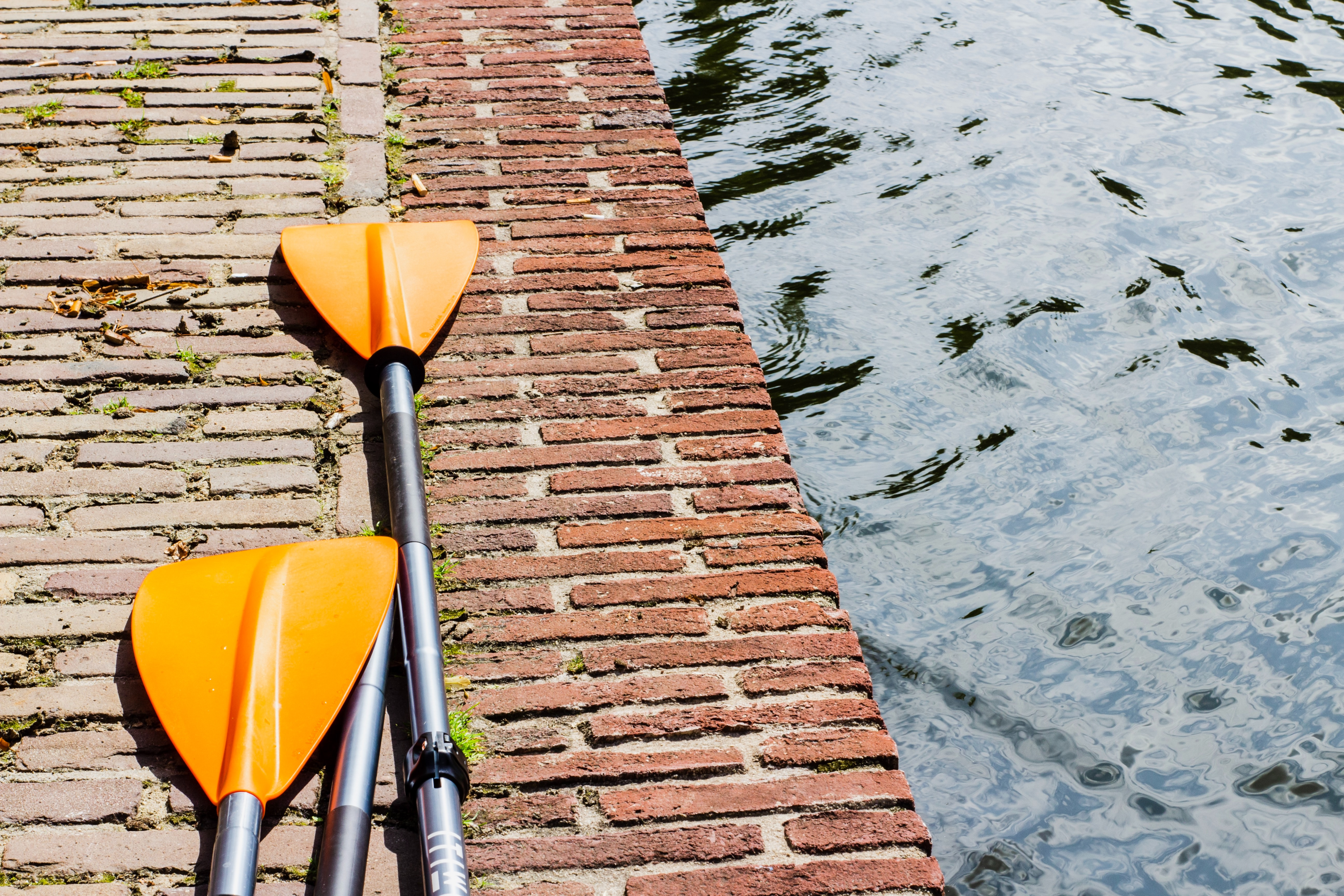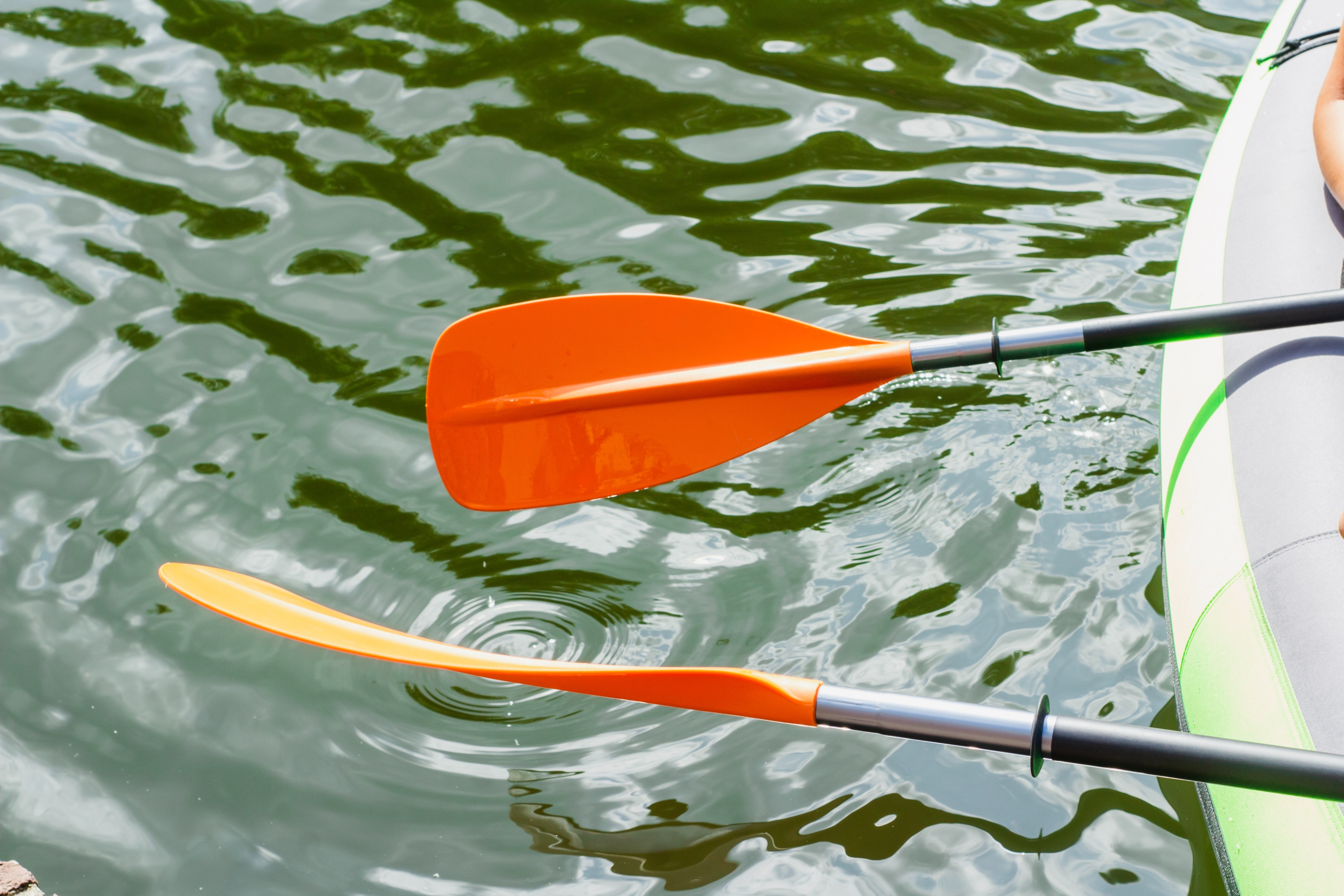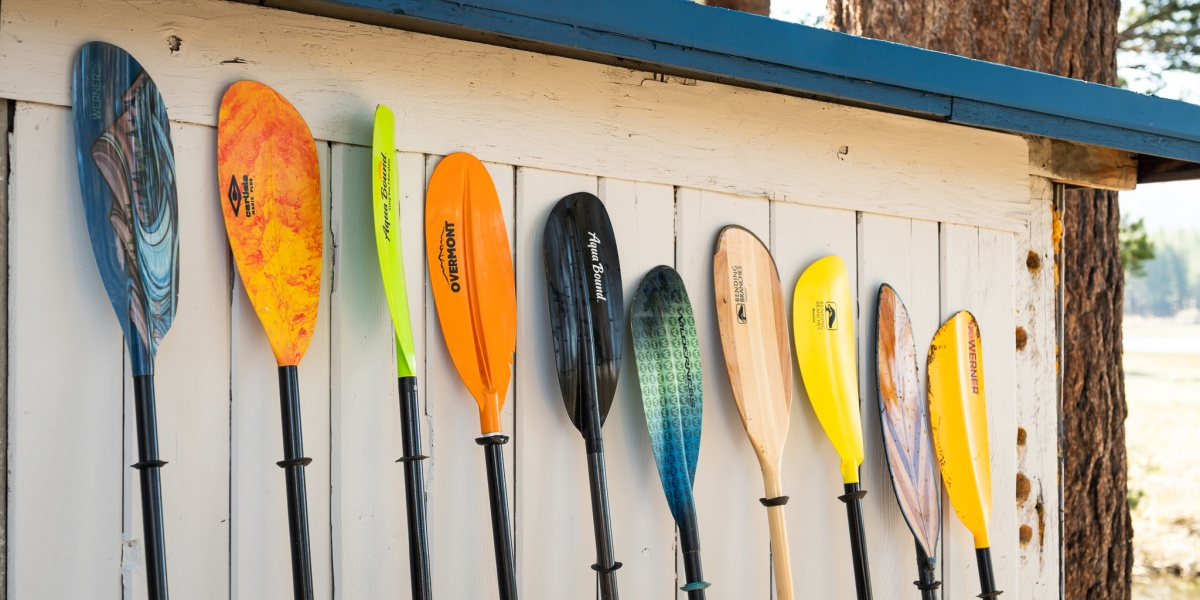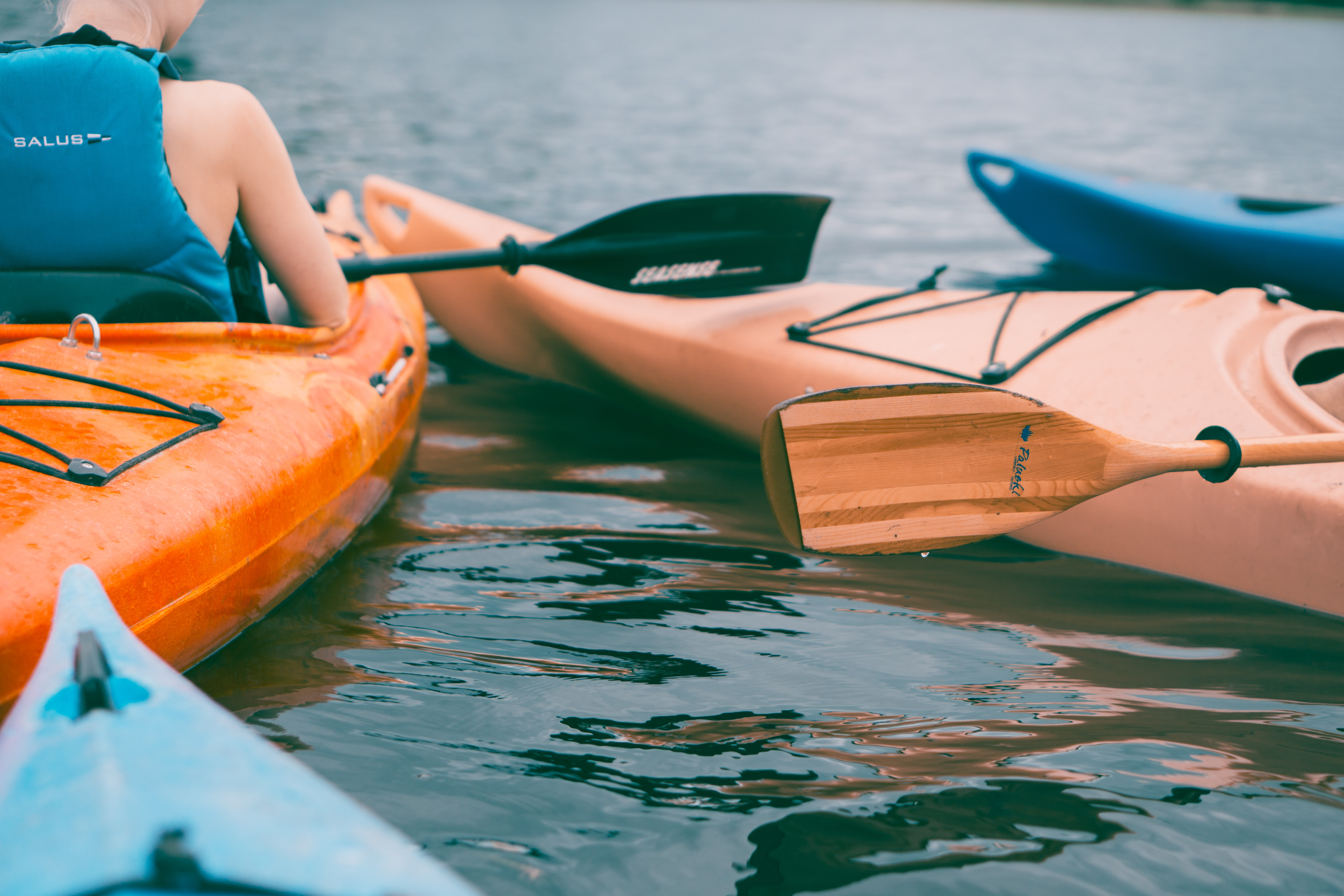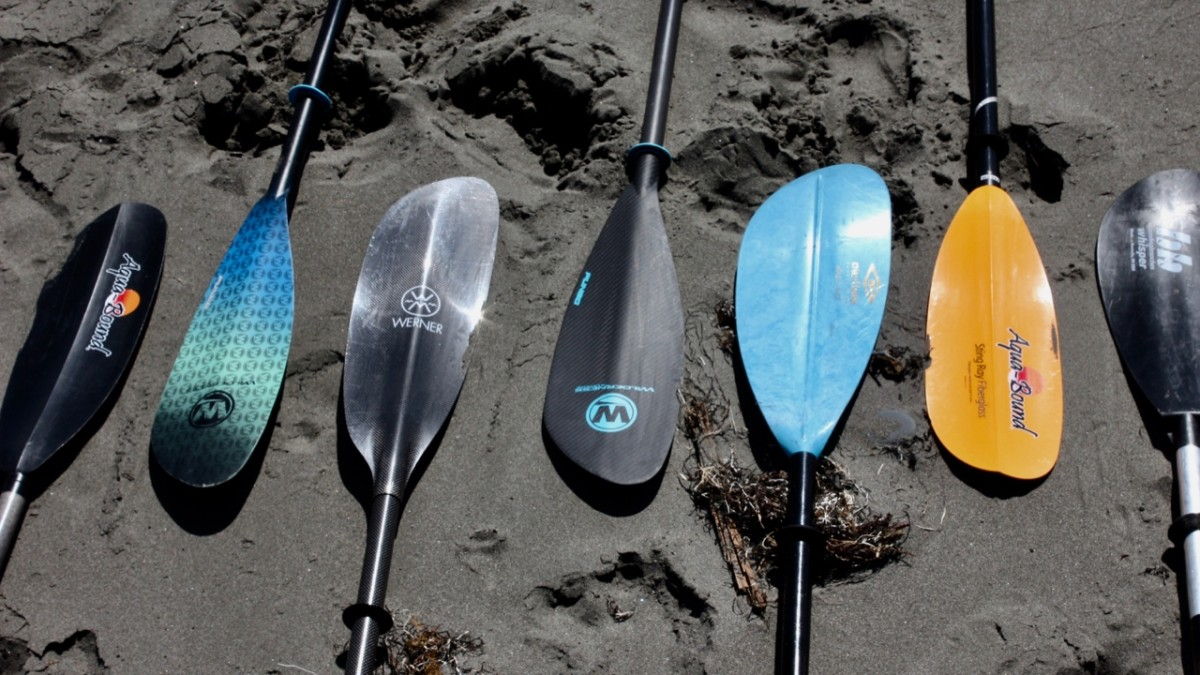==================
Florida Splendors is supported by our audience. When you purchase through one of our links, we may earn a small affiliate commission. As an Amazon Associate I earn from qualifying purchases. Your cost is not affected.
Kayaking and the Importance of Paddles
Kayaking, an activity that combines relaxation, adventure, and sport, has grown immensely popular in recent years. Whether you’re exploring the tranquil waters of a serene lake or navigating the tumultuous currents of a roaring river, your kayak paddle serves as your primary connection to the water. This essential piece of equipment allows kayakers to steer, maintain balance, and propel their vessels forward.
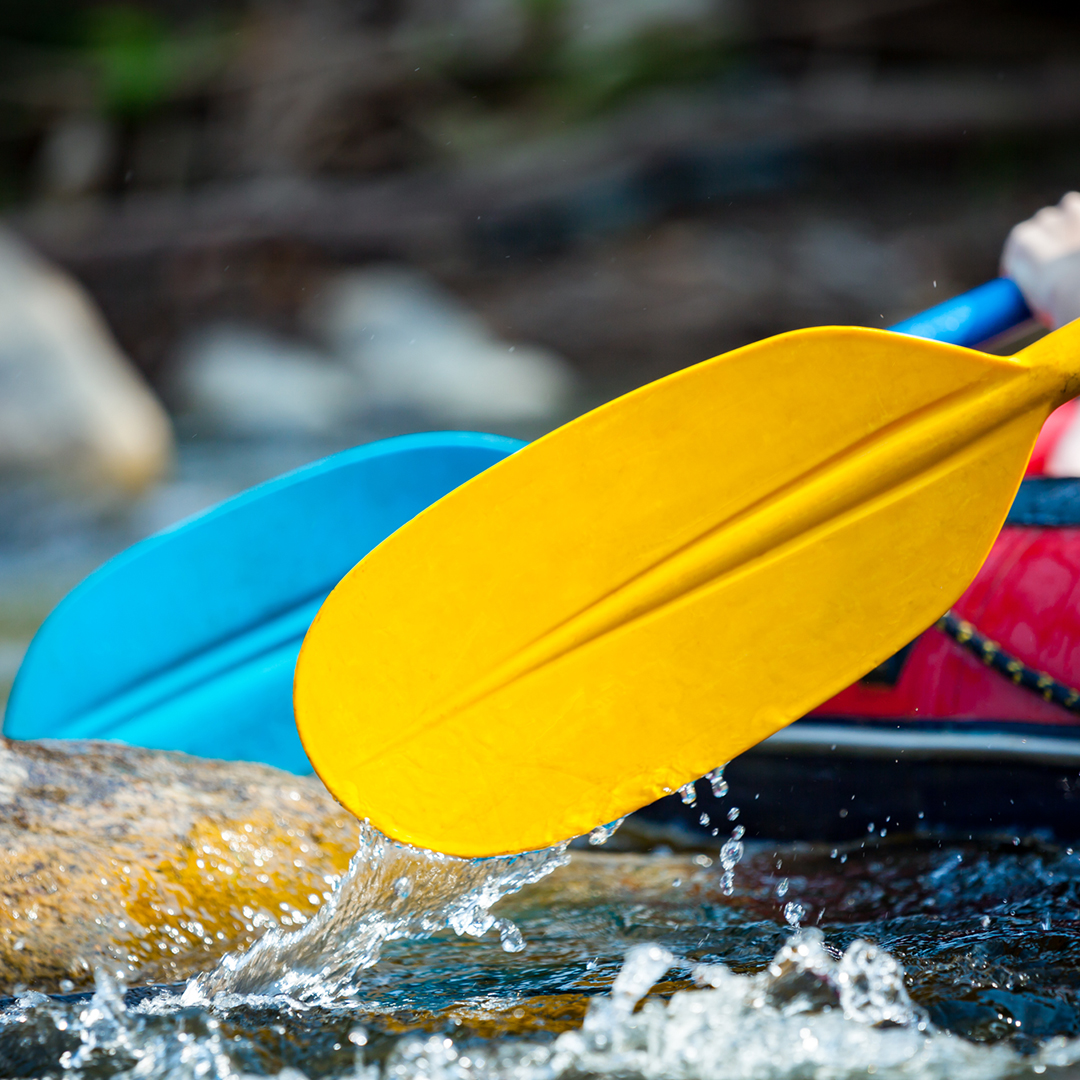
However, not all kayak paddles are created equal. The material, design, and construction of the paddle can significantly impact its performance and durability. The right paddle can make your kayaking experience more enjoyable and efficient, while the wrong one can lead to fatigue, frustration, and even potential dangers.
Understanding the importance of a paddle in kayaking is critical. It’s more than just a tool to move you through the water; it’s an extension of your body, your primary means of control over your kayak. Choosing the correct paddle for your needs and preferences can make a considerable difference in your kayaking experience.
Understanding Kayak Paddle Materials
When it comes to recreational kayak paddle materials, there are several options to consider, each with its unique advantages and disadvantages. Common paddle materials include wood, plastic, fiberglass, and carbon fiber, each offering different levels of weight, durability, and performance.
Wooden paddles, for instance, are traditional and offer a beautiful, natural aesthetic. Still, they often require more maintenance than other materials and can be heavier. Plastic paddles are typically the most affordable option, but they can lack durability and performance compared to other materials.
Fiberglass paddles are a popular choice for their balance of weight, durability, and cost, while carbon fiber paddles offer the highest performance but at a higher price point.
Understanding the characteristics of these materials can help you make an informed decision when choosing a kayak paddle. The right material can enhance your kayaking experience, offering the perfect balance of weight, durability, and performance to meet your specific needs and preferences.
Source: Headwaters Kayak
Key Factors to Consider When
Choosing a Kayak Paddle
Choosing the right kayak paddle involves more than just deciding on the material. Several other factors should also be considered, including the paddle’s weight, length, blade shape, and shaft design.
Weight is perhaps one of the most critical factors. A lightweight kayak paddle is easier to maneuver and can reduce fatigue during long paddling sessions. However, lighter paddles are often more expensive, so it’s essential to balance your budget with your need for a lightweight paddle.
The paddle’s length is another important consideration. The correct length depends on your height, the width of your kayak, and your paddling style. A paddle that’s too short can make paddling inefficient, while a paddle that’s too long can be unwieldy and difficult to control.
Blade shape and shaft design also play a significant role in a paddle’s performance. A wider blade can provide more power for each stroke, while a narrower blade offers more speed. Similarly, a bent-shaft paddle can reduce wrist strain, while a straight-shaft paddle offers more control.
Types of Kayak Paddles: An Overview
When discussing types of kayak paddles, it’s important to note that they come in a variety of shapes and sizes, each designed for a specific type of kayaking. The two main types are touring paddles and whitewater paddles.
Touring paddles are typically longer and have thinner blades, designed for longer trips on flat water. They are often made from lightweight materials like carbon fiber or fiberglass to reduce fatigue during extended paddling sessions.
Whitewater paddles, on the other hand, are shorter with wider blades for more power and control in turbulent waters. They are often made from more durable materials like plastic or wood to withstand the rough conditions of whitewater kayaking.
Other specialty paddle types include fishing paddles, inflatable kayak paddles, and tandem kayak paddles. Each of these is designed with particular features to meet the unique needs of these specific types of kayaking.
The Best Materials for
Recreational Kayak Paddles
When it comes to the best materials for recreational kayak paddles, the top choices are typically carbon fiber and fiberglass. These materials are both lightweight and durable, making them excellent for recreational use.
Carbon fiber paddles are the top of the line when it comes to performance. They are incredibly lightweight, which reduces fatigue during long paddling sessions. They are also stiff, providing excellent power transfer with each stroke. However, carbon fiber paddles are the most expensive option.
Fiberglass paddles, on the other hand, offer a great balance of weight, durability, and cost. They are lighter than plastic or wood paddles but not as light or stiff as carbon fiber. Fiberglass paddles are a great option for recreational kayakers who want a high-performance paddle without the high price tag of carbon fiber.
Spotlight on the Best Kayak
Paddles for Beginners
For beginners, the best kayak paddles are those that offer a balance of performance, durability, and cost. Since beginners are still learning the ropes, they might not yet benefit from the high performance of an expensive carbon fiber paddle. Instead, a durable and affordable paddle made of plastic or fiberglass is often the best choice.
Plastic paddles are the most affordable option and are quite durable, making them a great choice for beginners who are still learning basic paddle strokes and may be more likely to hit rocks or other obstacles.
Fiberglass paddles offer a step up in performance from plastic paddles without a huge increase in cost. They are lighter and more efficient, making them a great option for beginners ready to invest a bit more in their paddle.
The Lightest Kayak Paddle: A Closer Look
When it comes to the lightest kayak paddle, carbon fiber takes the crown. Carbon fiber paddles are incredibly lightweight, making them a favorite among serious kayakers. Their light weight reduces fatigue during long paddling sessions, allowing you to paddle longer and further.
However, it’s important to note that the lightest paddle isn’t always the best paddle for everyone. Carbon fiber paddles are also the most expensive, and their high performance may not be necessary for casual or beginner kayakers.
Remember that while weight is an important factor in choosing a paddle, it’s not the only factor. You should also consider the paddle’s durability, performance, and cost when making your decision.
Best Budget Kayak Paddle:
Value for Money
Finding the best budget kayak paddle requires a balance between cost and quality. While it may be tempting to go for the cheapest option, remember that a paddle is a critical piece of kayaking equipment. It’s worth investing in a quality paddle that will perform well and last a long time.
Plastic paddles are typically the most affordable option, but they can lack the performance and durability of other materials. A better option for a budget paddle is often fiberglass. Fiberglass paddles offer a great balance of performance, durability, and cost, making them an excellent choice for those on a budget.
Don’t be afraid to spend a bit more on a quality paddle. A good paddle can enhance your kayaking experience and could save you money in the long run by lasting longer than a cheaper, lower-quality paddle.
How to Choose a Kayak Paddle:
A Comprehensive Guide
Choosing a kayak paddle involves several steps. First, decide on the type of paddle you need based on the type of kayaking you’ll be doing. Then, consider the paddle’s material, taking into account the trade-offs between weight, durability, performance, and cost.
Next, determine the correct paddle length for your height, the width of your kayak, and your paddling style. Remember that a paddle that’s too short can make paddling inefficient, while a paddle that’s too long can be unwieldy and difficult to control.
Finally, consider the paddle’s blade shape and shaft design. A wider blade can provide more power for each stroke, while a narrower blade offers more speed. A bent-shaft paddle can reduce wrist strain, while a straight-shaft paddle offers more control.
Remember that while weight is an important factor in choosing a paddle, it’s not the only factor. You should also consider the paddle’s durability, performance, and cost when making your decision.
Recommendations for the Best Kayak
Paddles in the Market
If you’re in the market for a new kayak paddle, consider some of these top-rated options. The Werner Camano Premium Fiberglass Kayak Paddle is a favorite among recreational kayakers for its high-quality fiberglass construction and excellent performance.
The Bending Branches Whisper Paddle is another great option, especially for beginners. It’s an affordable paddle with a durable plastic blade and an aluminum shaft.
For those in search of the lightest paddle, the Aqua-Bound Sting Ray Carbon Paddle is a top choice. It features a carbon fiber blade and shaft for an incredibly lightweight paddle that doesn’t skimp on performance.
Choosing the Right Paddle
for Your Kayaking Adventure
Finding the right paddle for your kayaking adventure is a crucial step in ensuring a safe and enjoyable experience on the water. Understanding the different types of kayak paddles and the various materials available can help you make an informed decision.
Remember that while the lightest or most expensive paddle might be the best option for some, it may not be the best choice for everyone. Consider your needs, preferences, and budget when choosing a paddle.
Whether you’re a beginner just starting out, an experienced kayaker looking for a high-performance paddle, or a recreational paddler looking for the best value, there’s a paddle out there for you. Happy paddling!
Importance of Choosing
the Best Kayak Paddle
Selecting the right kayak paddle is crucial for your comfort and performance on the water. Here are the main things to keep in mind:
Length
Your height and your kayak’s width play a role in picking the right paddle length. They measure paddles in centimeters, even though kayaks are in inches. So, if you’re under 5’5″, go for a 200 cm paddle. If you’re 5’5″ – 5’11”, 210 cm is your choice, and so on. If you’re in-between sizes, leaning towards a shorter paddle is usually a safe bet, unless you have a shorter torso, in which case a longer one might be better.
Kayak Paddle Blades Choice
The size and shape of the blade matter for how efficiently you paddle. Different blade materials impact your strokes. Think about your paddling style – shorter blades are great for racing and handling rapids, while longer ones work well for leisurely paddling.
Shaft Choice
Bent shaft paddles can be a game-changer, helping your wrists align better with each stroke. They’re more comfortable for many paddlers.
Materials and Price
The materials affect both performance and cost. If you’re budget-conscious, aluminum and plastic are affordable options. High-performance paddles made of carbon fiber are awesome but come at a premium. Fiberglass is a fantastic middle ground, offering great performance without breaking the bank. Wooden paddles are there too, but they tend to be heavier.
Low- and High-Angle Paddles
Paddles come in two flavors – low-angle and high-angle. Low-angle paddles are perfect for relaxed trips, while high-angle paddles shine in racing and challenging conditions. The high-angle ones have those short, wide blades.
How Carbon Fiber Shaft Helps Kayaking?
Carbon fiber shafts are like the secret weapon of kayak paddles. They’re super popular because they’re crazy light. I mean, they’re so lightweight that you can paddle for hours without your arms feeling like noodles. Plus, they’re tough as nails, so they’ll last you ages.
The cool thing about these carbon fiber paddles is that they make you feel like a kayaking champ. Why? Because their featherweight design lets you zip through the water faster than a regular paddle. It’s like having turbo-boosted paddles.
But, here’s the lowdown: carbon doesn’t like to bend. If you push it too far, it might break. So, these paddles are for the deep-water pros who know the ins and outs of using carbon. It’s all about knowing the score when you’re out there on the water.
Advantages of Having Lighter Paddle
Having a lighter paddle when you’re kayaking is like having a superpower. Here’s why:
Reduced Fatigue – A lighter paddle is like a weightlifting shortcut. It’s easier on your arms and shoulders, which means you won’t feel as tired, especially on long trips.
Improved Efficiency – A light paddle is like a speed boost. You can paddle faster and with less effort, which is awesome for racing or when you’re dealing with tricky conditions.
Increased Comfort – Light paddles are like comfy cushions for your body. They’re gentle on you, which is great if you have any aches, pains, or conditions that make paddling a bit tougher.
Easier to Maneuver – A light paddle is like a steering wheel with power steering. It’s a breeze to move your kayak around, making quick turns and zipping through whitewater a piece of cake.
So, even if a lighter paddle might cost a bit more, it’s totally worth it for the extra comfort, speed, and control it gives you on the water.
Effects of Fiberglass Shaft To Your Paddling
Fiberglass shafts are like the go-to choice for kayak paddles, and they’ve got some cool perks. Here’s what they bring to your paddling game:
Super Light – These shafts are strong but lightweight, so you won’t feel like you’re lugging around a heavy stick. Perfect for long paddling adventures without tiring out your arms.
A Bit of Bounce – Unlike carbon paddles, fiberglass ones have a little flex and bounce in each stroke. It’s like your paddle’s way of saying, “I’ve got your back” when you hit rough water patches or obstacles.
Built to Last – They’re tough materials. Fiberglass paddles can take a beating and keep on paddling, making them awesome for low water and rocky sections.
In a nutshell, if you want a light, tough paddle with a bit of spring in its step, fiberglass shafts are your pals.
Difference between Kayak Recreational
Paddlers and Other Kayakers
Recreational kayakers are like the laid-back, fun-loving cousins of the kayaking world. They’ve got a unique vibe, and here’s why:
Skill Level – These folks are usually just dipping their toes into kayaking or casually enjoying it. They might not have a ton of fancy kayak skills under their belt, and they’re perfectly okay with that.
Kayak Design – Their kayaks are all about stability, ease, and comfort. They’re wider, shorter, and come with a roomy cockpit for easy entry and exit. You might even find comfy extras like backrests and footpegs.
Water Playground – Recreational kayakers are all about those calm, slow-moving waters. Lakes, peaceful rivers, and mellow ponds are their jam. They’re not chasing thrill rides like whitewater or tackling open ocean waves.
Paddle for Fun – These kayakers are in it for a good time – whether it’s a leisurely paddle, some exercise, or pure relaxation. They often paddle with friends or family, making it a social adventure.
In conclusion, recreational kayakers have their own chill corner in the kayaking community. It’s all about the joy of being on the water without the need for extreme skills or challenging conditions.
Get Your Best Kayak Paddle Now
So, that’s a wrap on our guide to the best materials for recreational kayak paddles. We’ve looked at carbon fiber, fiberglass, and even trusty old aluminum and plastic.
Each of these materials has its own perks, from being super light to having some bounce, or being friendly on your wallet. It’s all about what suits your style.
With this guide, you can pick the perfect paddle material for your relaxed kayaking adventures. You’ll be all set for peaceful days on calm waters. So, grab your paddle and enjoy the ride!

FAQs
What's Inside
- What are some common mistakes to avoid when choosing a kayak paddle?
- How do I choose the right length for my kayak paddle?
- What materials are kayak paddles made of?
- What are some extra features to look for in a kayak paddle?
- What is the best blade shape for a kayak paddle?
- How do I know if my kayak paddle is the right size for me?
What are some common mistakes to avoid when choosing a kayak paddle?
Choosing the wrong length, choosing a paddle that’s too heavy, and choosing a paddle that’s not suited to your paddling style.
How do I choose the right length for my kayak paddle?
Your boat width and your height determine your paddle length. Paddle makers size according to those two factors, and the paddles are sized in centimeters even though the boats are measured in inches.
What materials are kayak paddles made of?
Kayak paddles can be made of aluminum, plastic, fiberglass, carbon fiber, or wood. Lightweight materials improve performance, but add to a paddle’s price.
What are some extra features to look for in a kayak paddle?
Bent shaft or feathered blades can improve a paddle’s effectiveness. High-visibility colors can make it easier to spot your paddle in the water. Some paddles also have adjustable feathering angles.
What is the best blade shape for a kayak paddle?
The shape of your paddle blade is crucially important as it determines how your paddle interacts with the water during each stroke. Different styles of paddling often call for different paddle lengths.
How do I know if my kayak paddle is the right size for me?
Your paddle should feel comfortable and balanced in your hands, and should allow you to paddle with ease and efficiency. If your paddle feels too heavy or too long, it may be too large for you.
Unlock Your Kayaking Adventure
with the Ultimate Recreational Kayak Paddle!
Ready to embrace the serene beauty of calm lakes, gentle rivers, and tranquil ponds? Our Recreational Kayak Paddle is your perfect companion for effortless, fun-filled days on the water. 🌊
Follow our socials for more kayaking information:
📌 Facebook: Florida Splendors – Connect with fellow kayakers, share your adventures, and get insider tips.
📷 Instagram: @FloridaSplendors – Explore stunning kayaking photos and stories from our adventures in the Sunshine State.
📍 Pinterest: FloridaSplendors – Discover kayak-related inspiration, travel guides, and more.
🐦 Twitter: @FloridaSplendor – Stay updated with the latest kayaking news, trends, and tips.
Don’t miss out on unforgettable moments. Get your Recreational Kayak Paddle today and embark on your next water adventure. Get ready to make a splash!


